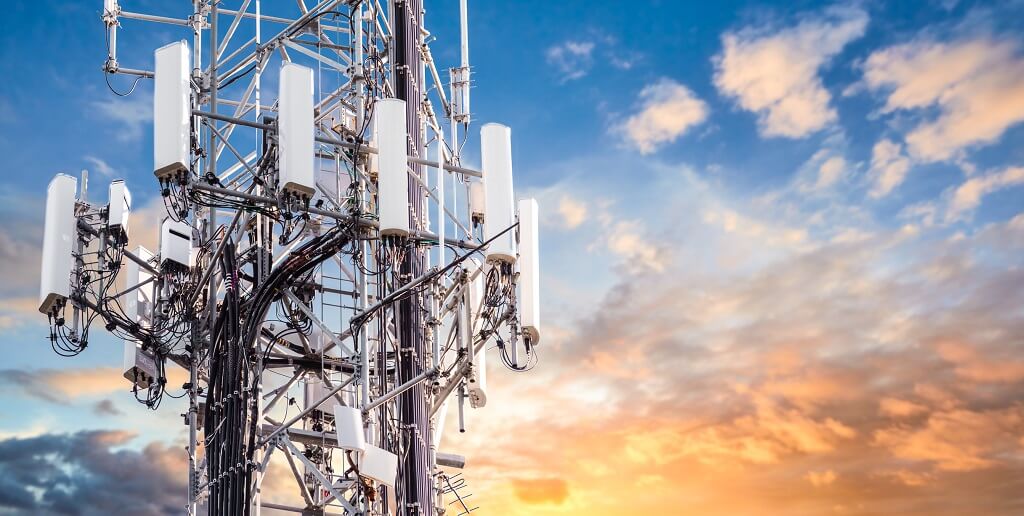Are you living in remote location and finding best direction to set outdoor antenna? You are right place, in this article, we will see, how far can a 5G antenna reach.
First of all, the range of a 5G tower can vary based on the frequency band it operates in and environmental factors like terrain, buildings, and obstacles.

There are generally three types of 5G frequency bands, each with different ranges:
Low-Band (Sub-1 GHz):
- Range: Up to 10 miles (16 kilometers) or more.
- Speed: Lower than mid- and high-band, but still faster than 4G LTE. Network jitters and ping will be slightly high but lower compared to 4G LTE.
- Use: Ideal for broad coverage in rural or suburban areas, but with slower speeds compared to other 5G bands.
Mid-Band (1-6 GHz):
- Range: Typically around 1-5 miles (1.6-8 kilometers).
- Speed: Higher than low-band, providing a good balance between coverage and speed. Network jitters and pings are also low like 50ms and less.
- Use: Common in urban and suburban areas for good coverage with faster speeds.
High-Band (mmWave, 24-100 GHz):
- Range: Up to 1,000 feet (~300 meters).
- Speed: Extremely fast, with download speeds in the multi-gigabit range. Network jitters and pings will be lowest and would be in single digit or lower than 20ms.
- Use: Best suited for densely populated urban environments or indoor applications due to its limited range and difficulty penetrating obstacles like buildings or walls.
In practice, most carriers use a combination of these bands to balance coverage and speed in different environments. For example, in India, telcos use many mid-band antennas to cover mass area and use high-band antennas for busy location.
Leave a Reply